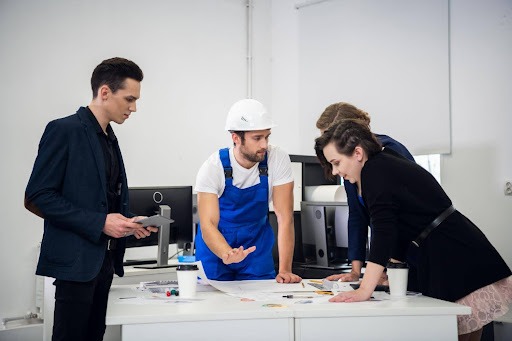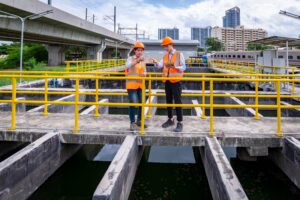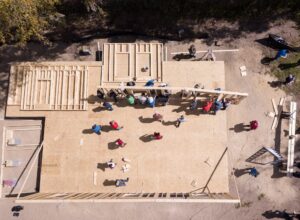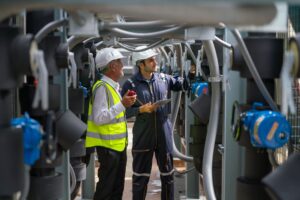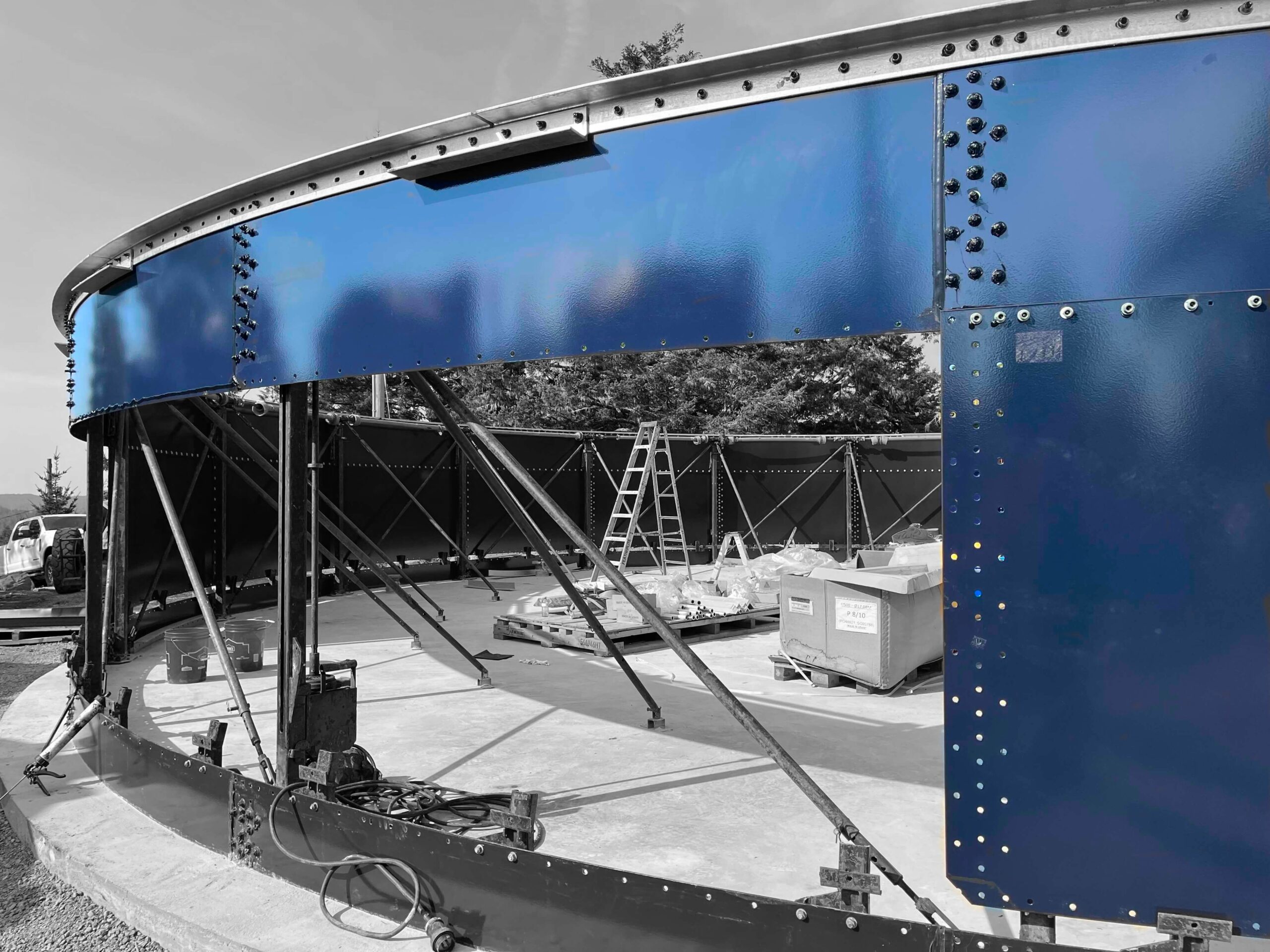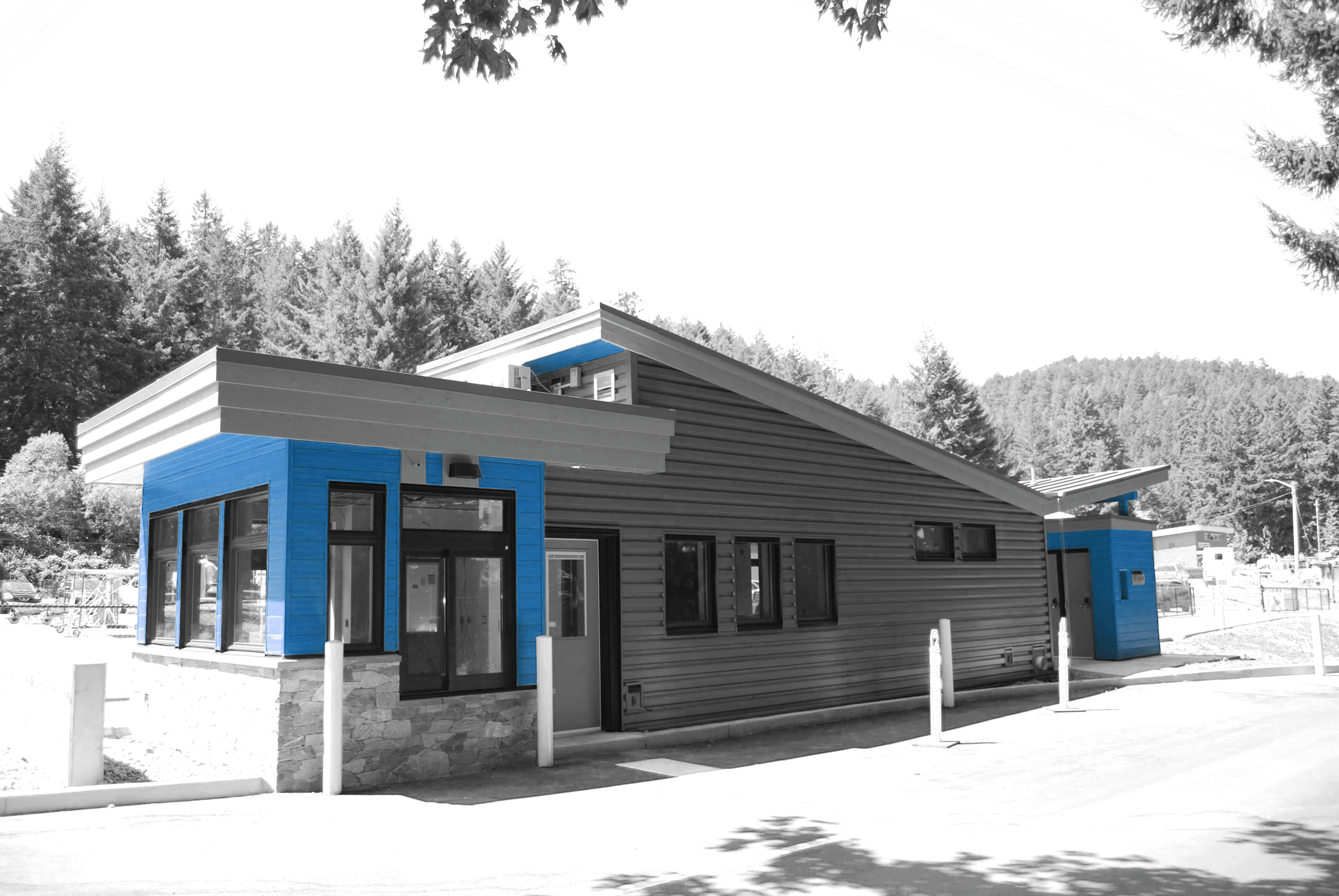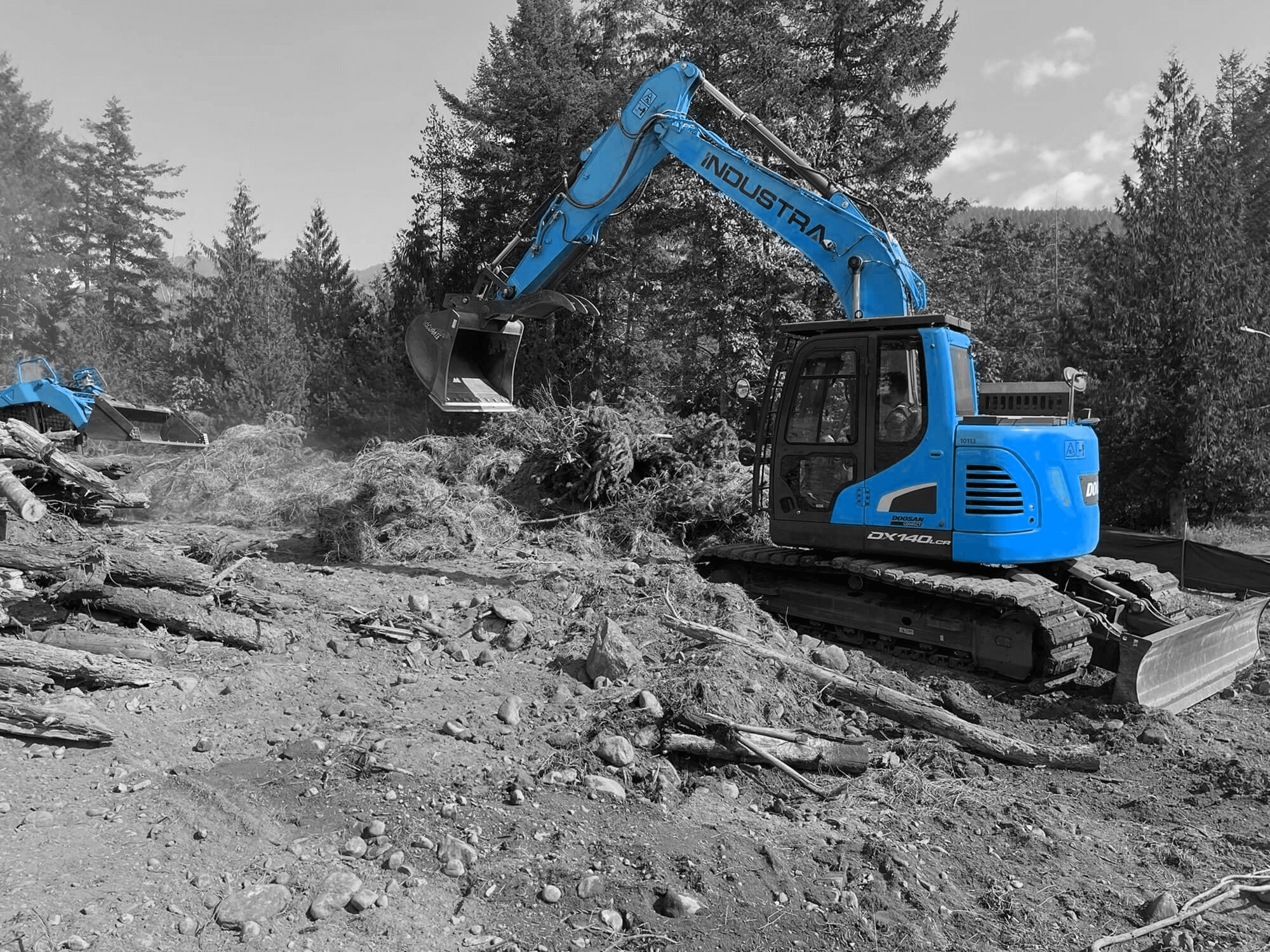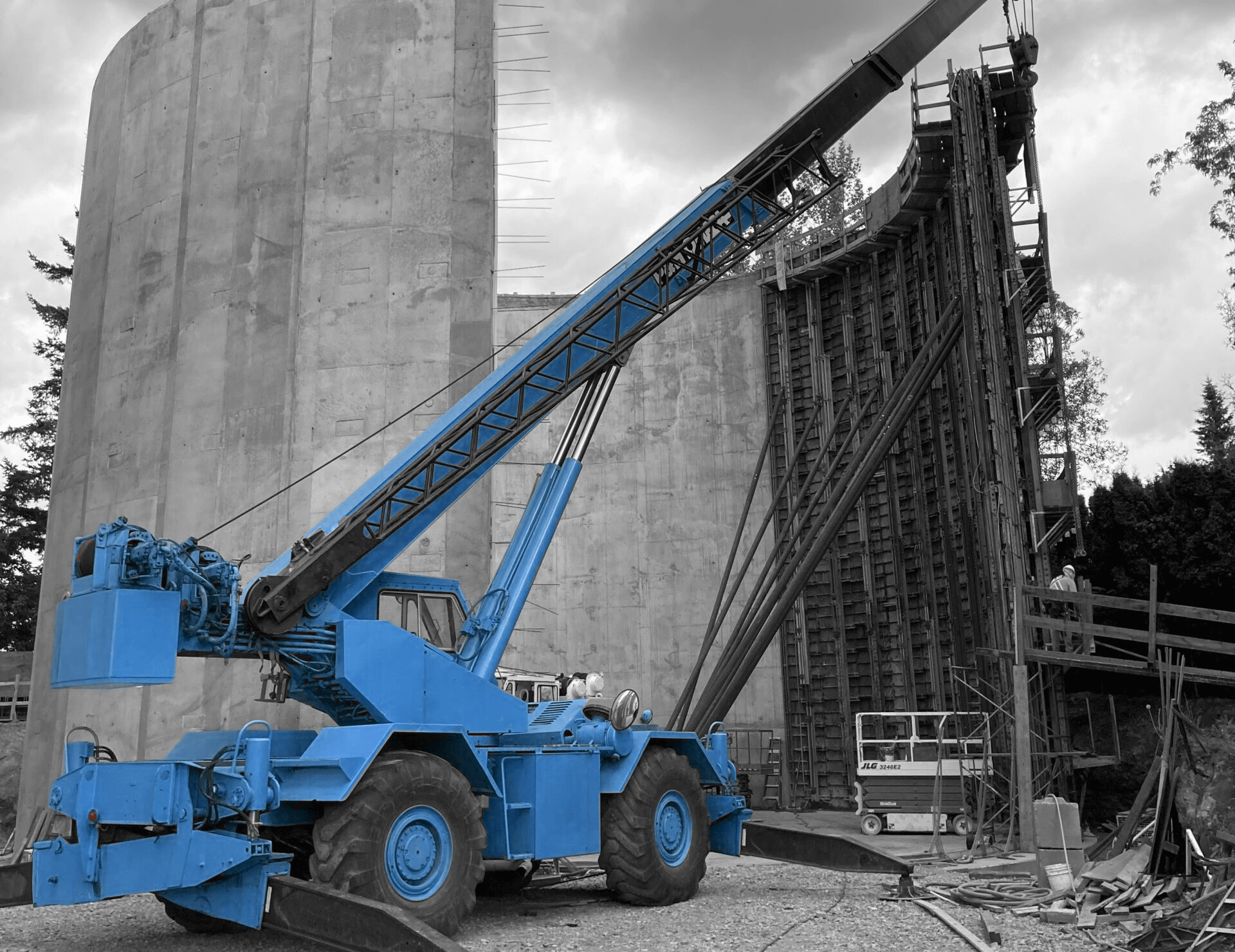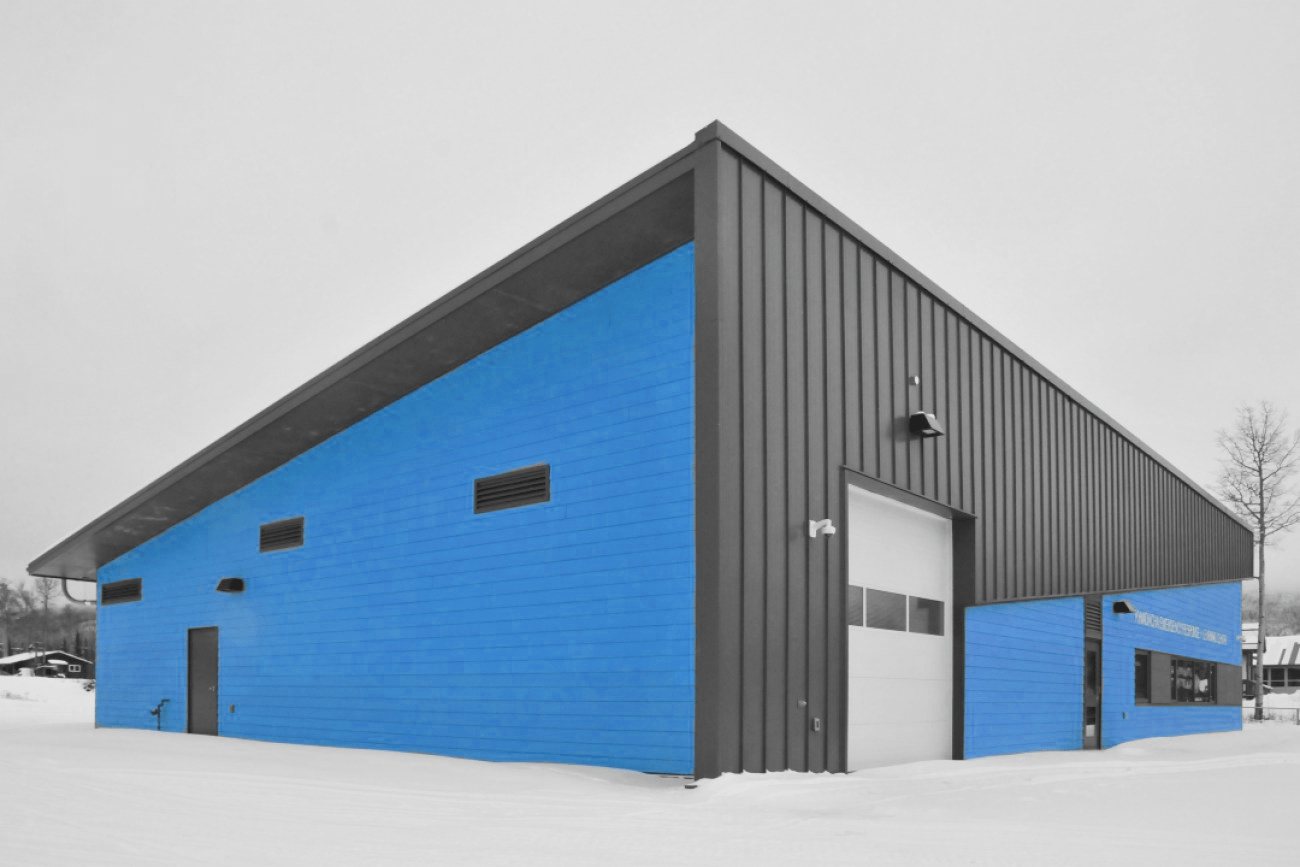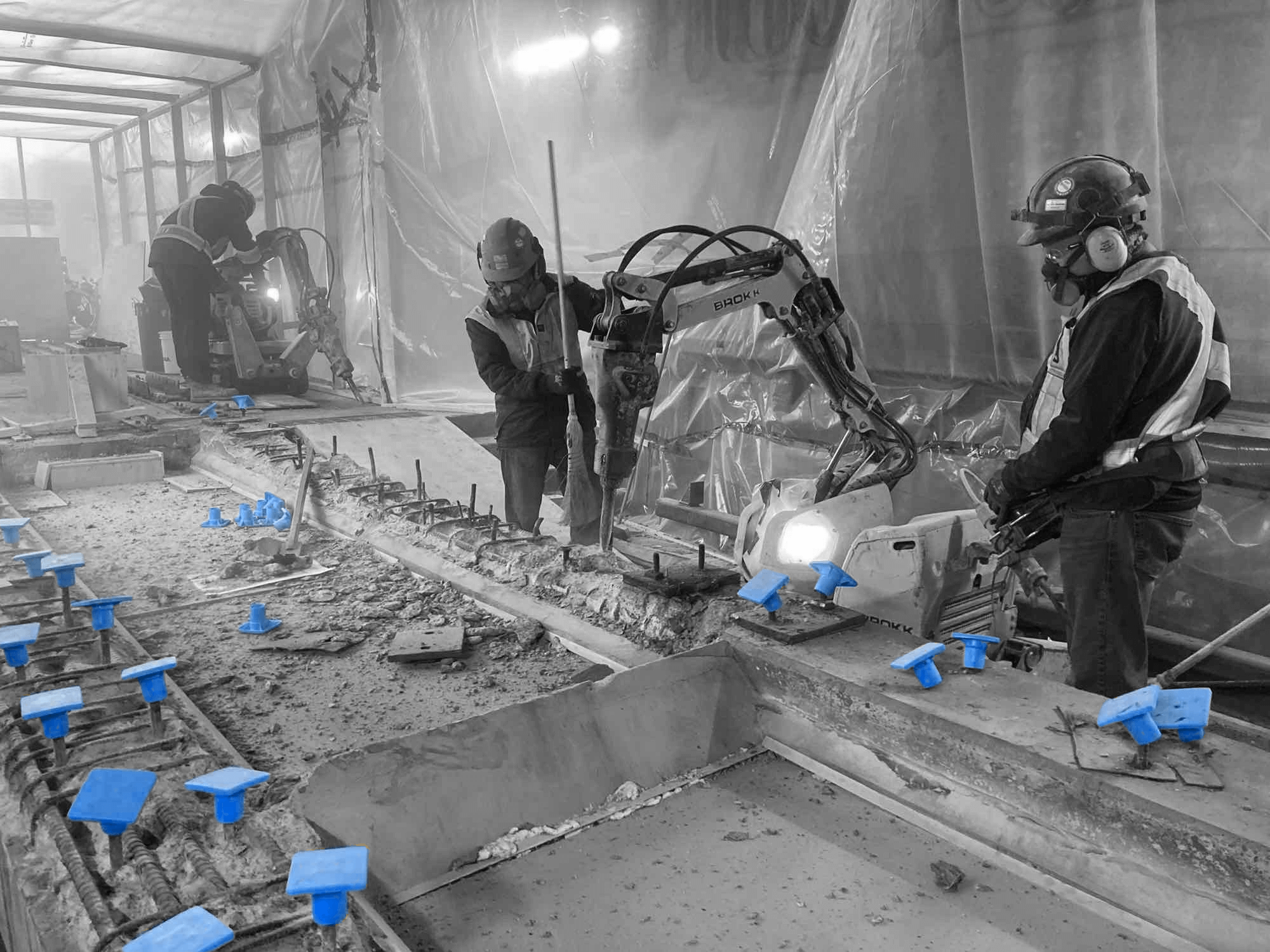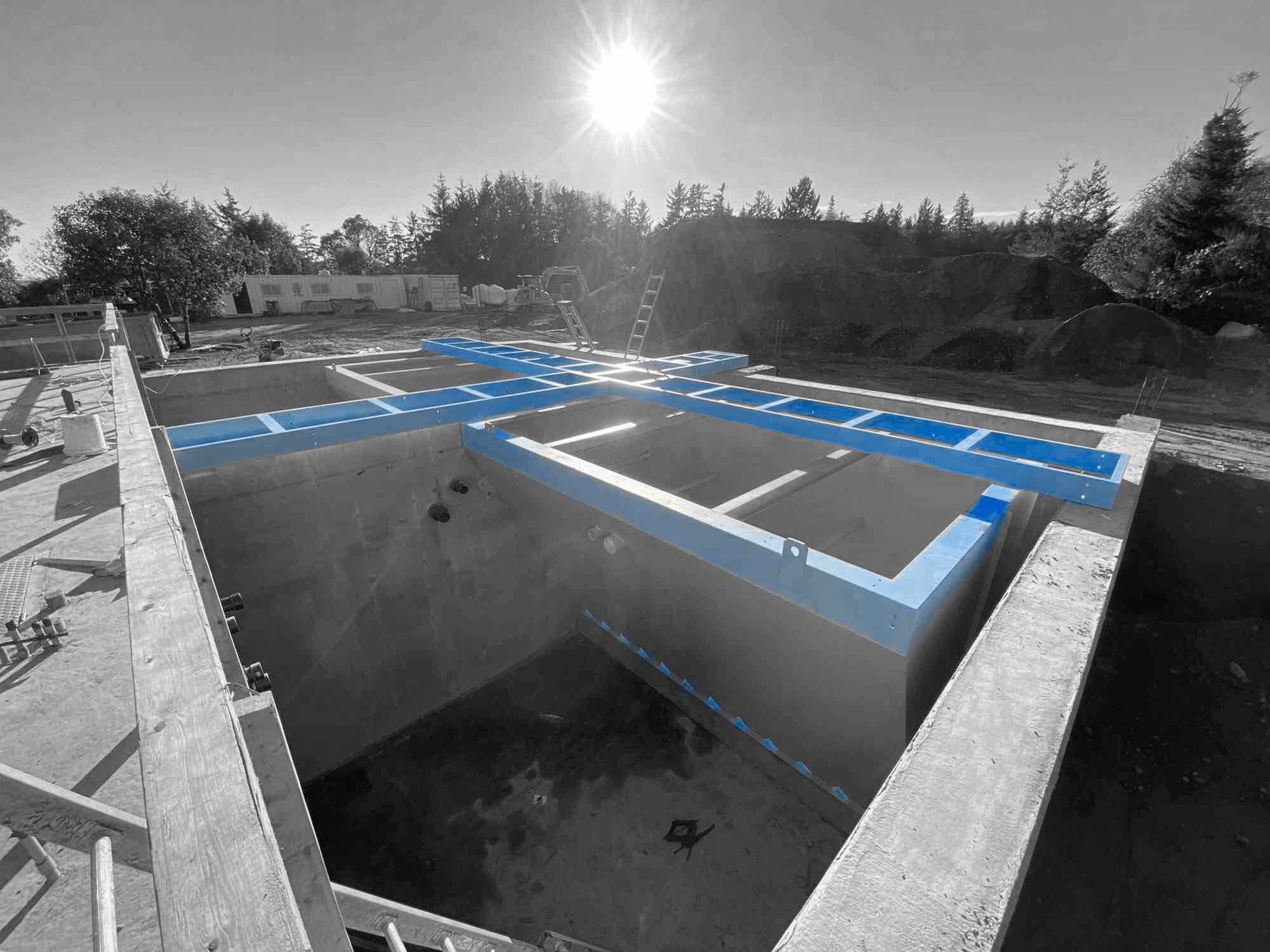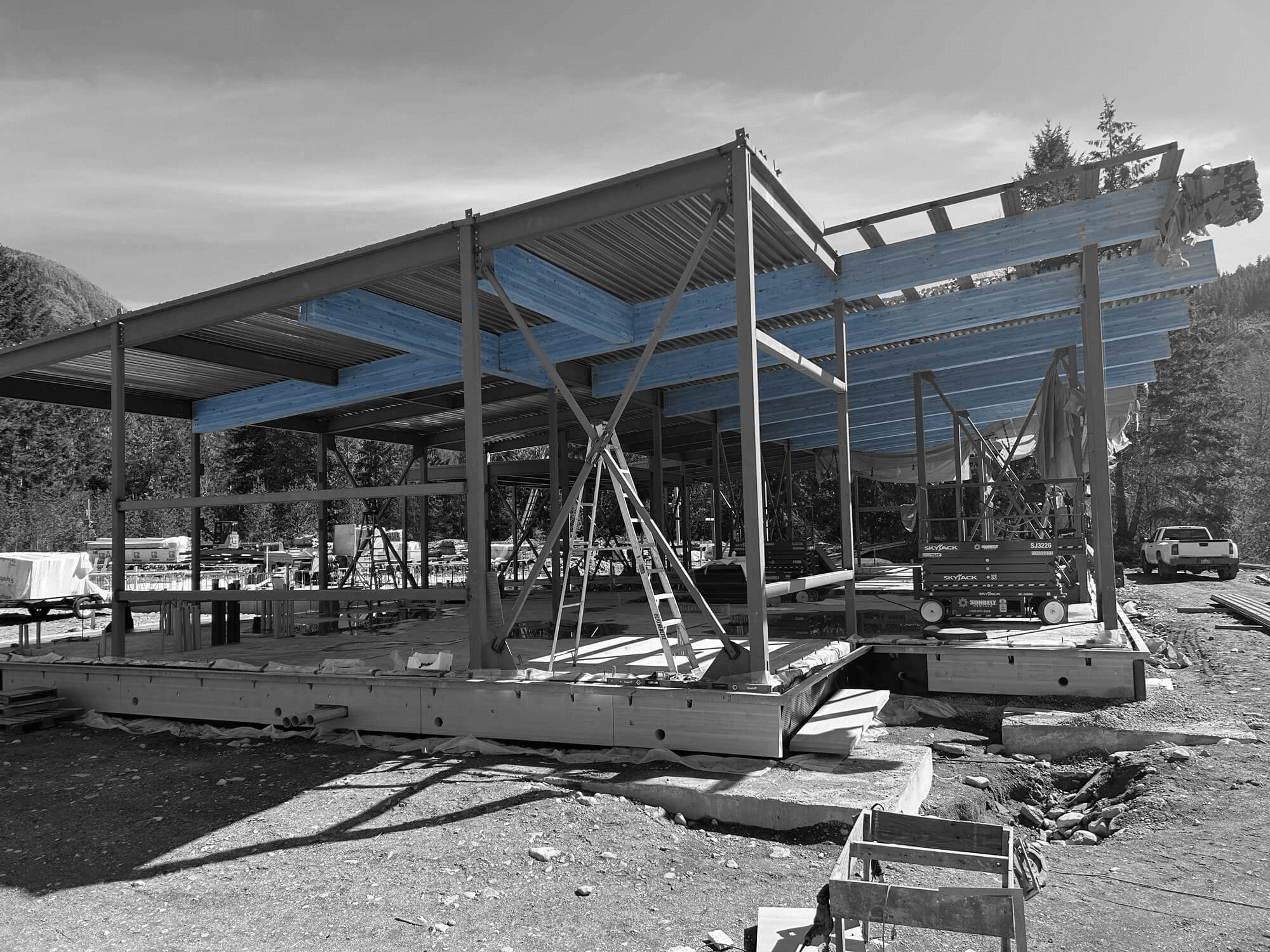Process mechanical design plays a vital role in shaping the efficiency and effectiveness of industrial systems in regions like Surrey, Mississauga, and Ontario. It’s all about making sure that complex processes, such as fluid and gas handling, operate smoothly and safely. The key is to focus on well-planned development and execution, ensuring that each component functions in harmony with the others. This enhances the overall productivity and reliability of any industrial operation. Whether it’s handling the flow of water in a municipal setup or managing cooling systems in a production facility, successful process mechanical design can significantly boost performance. By focusing on best practices, it’s possible to create systems that are not only efficient but also adaptable to future needs.
Understanding the specific challenges and opportunities in these locations can guide professionals in creating designs that truly meet the needs of their projects. These areas have unique industrial landscapes that require tailored solutions for their diverse requirements. Adhering to best practices ensures that systems operate at peak efficiency, minimizing downtime and maximizing output. By applying the right strategies and technologies, professionals in these regions can lead the way in developing resilient and innovative solutions that keep pace with changing demands.
Key Elements of Effective Process Mechanical Design
Creating an effective process mechanical design requires a deep understanding of several core elements. First and foremost is the establishment of a clear project scope and objectives. Knowing what you want to achieve from the outset helps in planning and execution, ensuring that every step aligns with the ultimate goals. Collaboration is also essential. Bringing engineers and stakeholders together fosters a collaborative environment where ideas and solutions can flourish.
Using advanced technologies is another cornerstone of successful design. By integrating the latest tools and innovations, designers can optimize systems for efficiency and effectiveness. This can be as simple as using smart sensors to track performance or implementing automation to enhance control and precision. The blending of traditional knowledge with new technology creates a strong framework that supports innovation and efficiency.
Here’s a simple list to keep in mind when working on process mechanical design:
– Define Clear Objectives: Know what you plan to achieve right from the start.
– Collaborate Effectively: Engage all key players, including engineers, clients, and stakeholders.
– Embrace Advanced Technologies: Use cutting-edge tools and tricks to optimize system performance.
By focusing on these key elements, professionals can design processes that stand up to the challenges of today’s industrial environment. These strategies ensure that systems not only meet current demands but are flexible enough to adapt to future innovations and changes.
Challenges in Process Mechanical Design and How to Overcome Them
Process mechanical design faces several challenges, particularly in diverse environments like Surrey and Mississauga. One common issue is the integration of new designs into existing systems. This requires not just great skill but a deep understanding of both the new and current setups. The local industrial landscape often involves complexities that arise from blending advanced technology with traditional practices. Another hurdle is keeping up with changing technology. As new tools and processes emerge, designs must adapt without significant disruption.
To tackle these challenges, consider the following strategies:
– Thorough Planning: Develop a strong plan that anticipates potential roadblocks and includes flexible solutions.
– Continuous Learning: Stay informed about the latest technologies and methods to apply innovative solutions effectively.
– Effective Communication: Maintain open lines of communication among all team members to streamline decision-making and problem-solving.
Strategies like these help create designs that are both strong and adaptable. Learning to recognize challenges early and taking proactive steps can lead to more efficient and successful outcomes.
Innovative Techniques and Technologies
Incorporating cutting-edge techniques and technologies into process mechanical design can significantly enhance performance. The use of innovative tools such as advanced simulation software allows engineers to model complex systems more accurately. This leads to greater precision and efficiency in the design process.
Automation has also played a transformative role in this field. It helps streamline operations, reduce human error, and improve consistency across projects. By embracing these advancements, professionals can develop systems that are more efficient, reliable, and easier to maintain.
Furthermore, technologies like IoT (Internet of Things) enable real-time monitoring of industrial processes, offering insights that weren’t possible before. With these advancements, designers can optimize processes to achieve higher outputs, better safety standards, and lower operational costs.
Maintaining Safety and Compliance
Safety and compliance are paramount in process mechanical design. Adhering to safety standards is not just a legal obligation; it’s essential for protecting workers and ensuring the smooth operation of systems. Guidelines specific to Ontario, for example, outline the necessary protocols to prevent accidents and minimize risks.
To ensure compliance, regular audits and updates to safety measures should be prioritized. Training and education for all involved can reinforce the importance of following safety protocols. By making safety a top priority, we not only protect people but also enhance the efficiency and reliability of systems.
Advancing Process Mechanical Design Through Innovation and Collaboration
Creating effective process mechanical designs requires a mix of clear objectives, collaboration, and the integration of modern technologies. Addressing challenges head-on with proactive strategies helps in adapting to a changing landscape. Innovations and maintaining strict safety standards further enhance the design process.
By consistently refining these practices, professionals can deliver systems that are not only efficient but also ready for future demands. The emphasis on continuous improvement and adaptation ensures that systems keep pace with technological advancements and industry needs. With these tools and techniques, designers are well-equipped to meet the challenges of today’s industrial environment.
Elevate your process mechanical design projects with the expertise of Industra Construction Corp. Whether you’re in Surrey or Mississauga, our commitment to efficient and safe systems ensures your project excels in today’s industrial environment. Explore our comprehensive industrial construction services and see how we can transform your objectives into reality with cutting-edge solutions and adherence to best practices. Partner with us to achieve lasting success and adaptability in your industrial operations.


